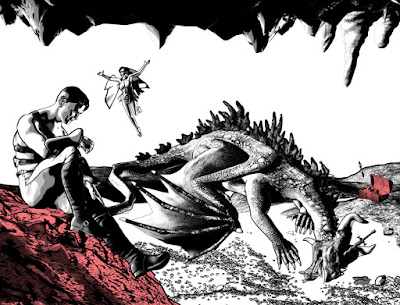Based on advice from the Daz3D forums, I'm checking out some discussions over at the Smith Micro Forums, and I'm finding some interesting discussions about the Fitting Room (a reasonably new feature in Poser) and doing some other rather extreme approaches like merging clothes and figure meshes.
The base discussion is here: https://forum.smithmicro.com/topic/2256/the-future-of-poser-is-the-fitting-room/78
Here are some tips from the article (copied in case the link goes dead):
There are Fitting Room Helpers for Dawn and Pauline (I believe they allow those figures to use V4 clothing):
Mesh Combination Method (from sgbryan):
- Definitely agree about the copy morphs from command. It is even more powerful after you use the Dials to Single Morph command.
- That is how I put my characters together - Load base mesh (will ALL morphs); load character; fiddle about with dials; Dials to Single Morph; load clothing; Copy Morphs From; then either reduce the polys, or merge figure & clothing into 1 mesh; delete unused morphs; reload expressions.
- End result - lightweight, clothed figure ready to go to work.
- (someone else observed that sometimes this messes with hair, so perhaps it's best to add the hair after combining the clothes and base figure?)
- (it looks like Dials to Single Morph is very important)
Another possible tool (from morkonan)?
- I suppose that would be nice. But, there are some third-party tools out there that are perfect for many things a vendor would want in regards to conversion capability. I like Autogroup Editor, helps immensely with grouping and preserves the UV (is somewhat difficult to fine tune individual polys in groups by hand,though), Quick Conform, for basic quick rigging transfers and editing out bones (tweaking necessary, though, using the Joint Editor), and Morcloth, for morph transfers. (Though, it takes a bit of fine-tuning, but it yields serviceable results that can be manually tweaked).
- If SM could make the Fitting Room more powerful and could exceed the results already available using third-party apps, without significantly increasing their costs or ours, I'm all for adding super-powers to the Fitting Room! :)
A note about copying morphs from figure to clothes (from viters):
- My normal practice for "Copy Morphs from" is as follows:
- Select the Morphs to copy to the clothing on the figure. We all know by now that this works but sometimes is pretty rough.
- Then go to the clothing.
- Click on the little arrow behind one of the morphs and select "Edit morph"=> This opens the morph brush.
- Fine tune the morph to your liking.
- Mostly that is some smoothing, or some "fitting" to get the correct "offset" between clothing and figure.
- (Select by vertex group or by material zone, and you have even more control).
- => Done.
- Rarely this takes over a minute per morph, and I like the manual control to fine tune things.

































